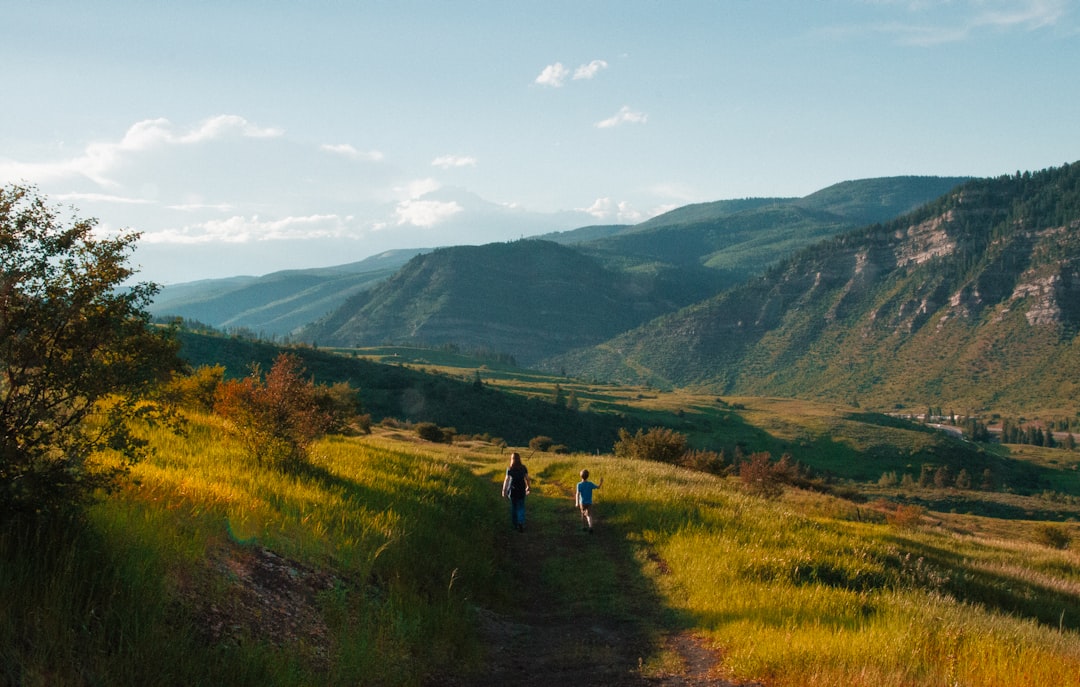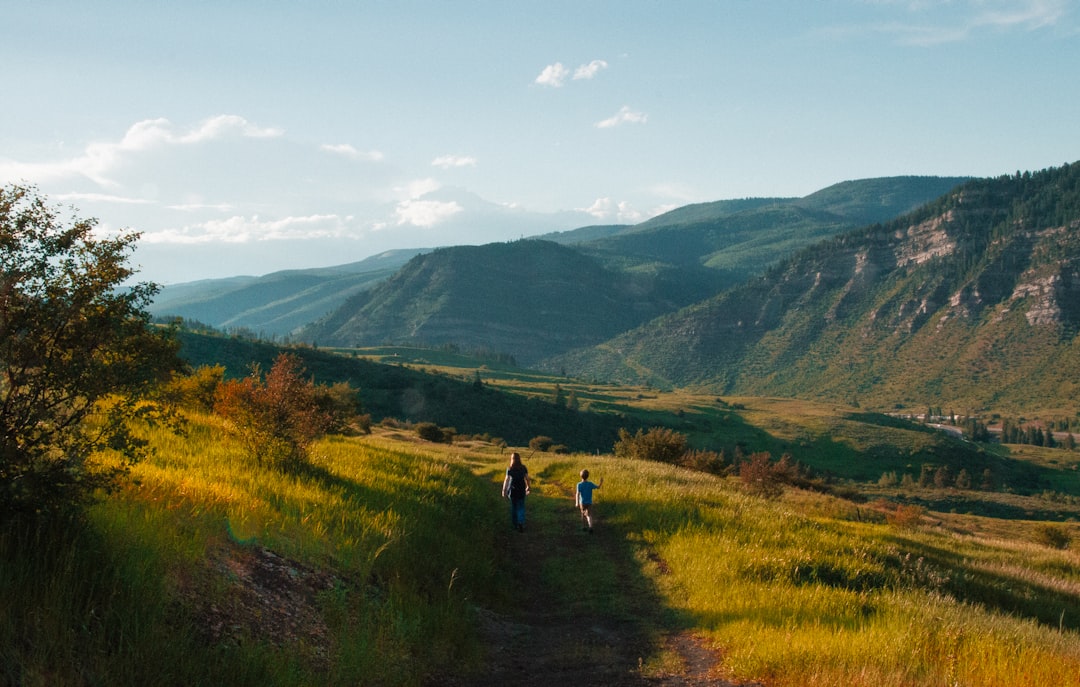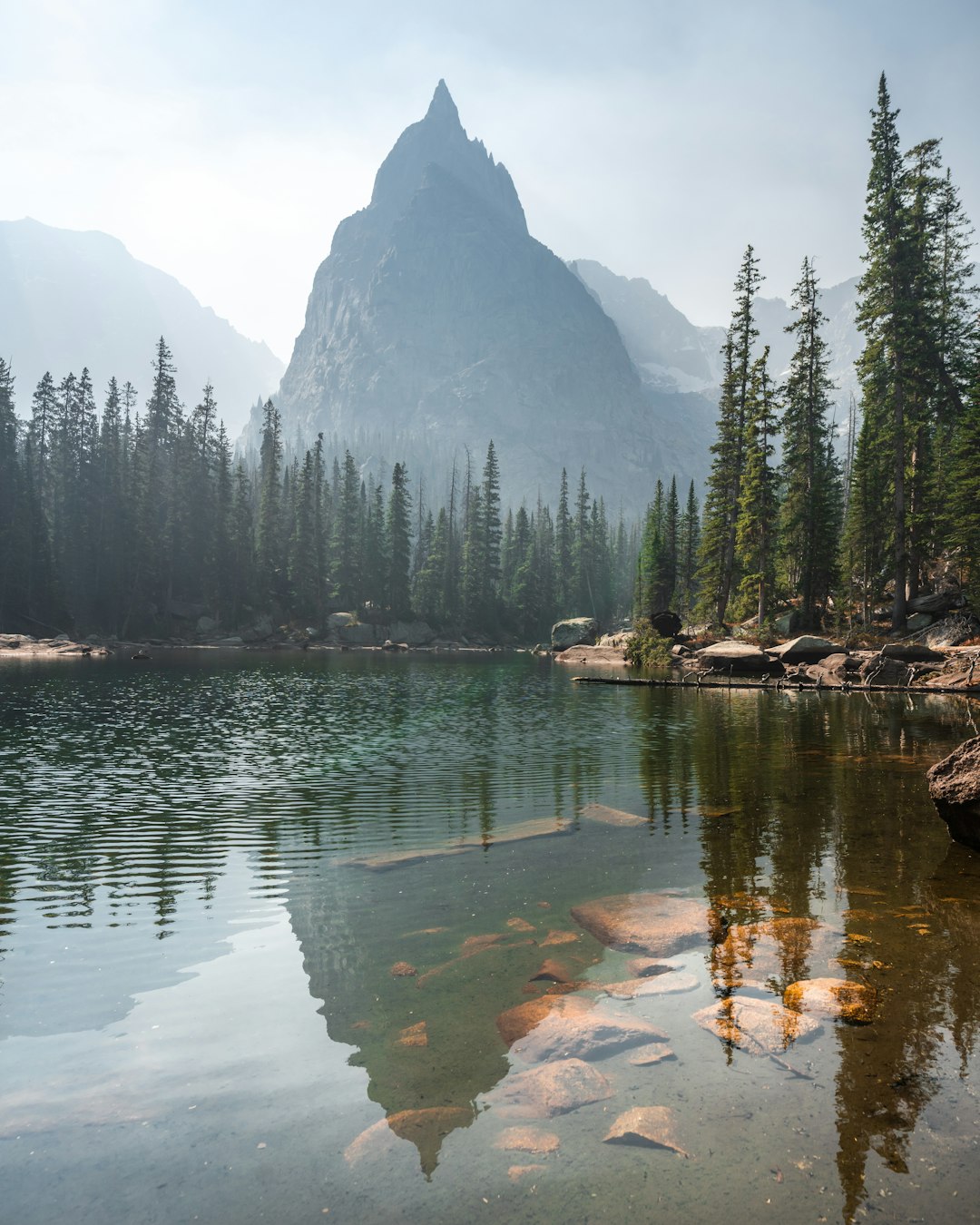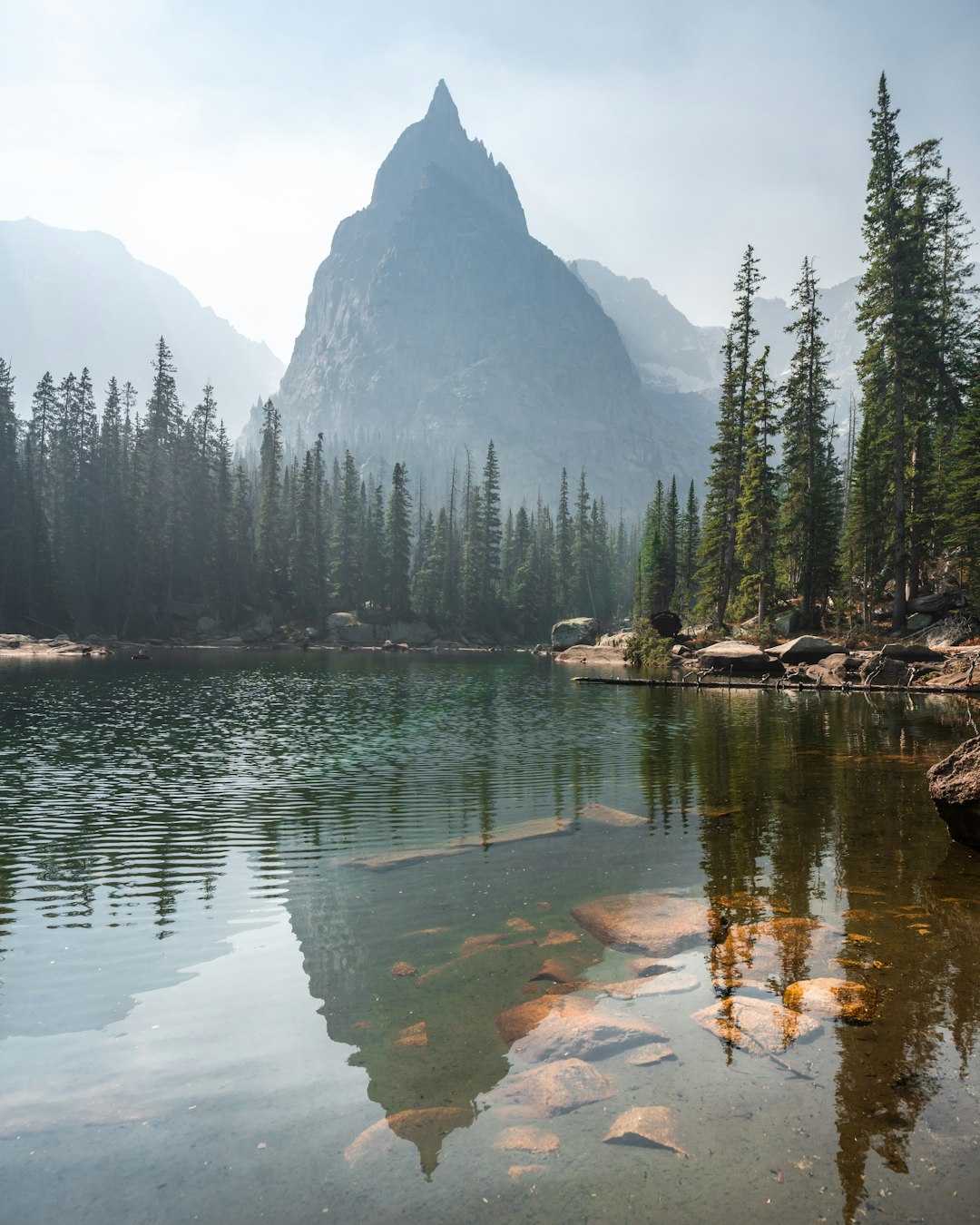Durango, Colorado, and its surroundings offer a diverse range of ecosystems supporting an incredible variety of wildlife. Top spots include San Juan Mountains National Forest, Animas River Valley, and Mesa Verde National Park, known for their consistent wildlife viewing opportunities year-round. The best time to observe animals is during dawn and dusk, with ethical behavior crucial to preserving these habitats for future generations.
Discover the best places for wildlife viewing near Durango, where year-round observation offers a chance to witness diverse fauna in their natural habitats. From bustling reserves teeming with creatures great and small to secluded spots offering serene encounters, this guide explores top hotspots. Learn the optimal times and tips for successful wildlife interactions, along with ethical considerations for responsible viewing. Immerse yourself in the rich tapestry of life that surrounds Durango without disturbing these precious ecosystems.
Top Wildlife Hotspots Near Durango for Year-Round Observation

Durango and its surrounding areas are blessed with a diverse range of wildlife, making it an ideal destination for nature enthusiasts and wildlife watchers all year round. From majestic mountains to sprawling plains and lush forests, there’s no shortage of places to observe these incredible creatures in their natural habitats.
Some top hotspots include the San Juan Mountains National Forest, known for its abundant elk, bighorn sheep, and bear populations. The Animas River Valley offers easy access to a variety of species, including mule deer, bobcats, and various bird life. For a unique experience, explore the Mesa Verde National Park, renowned for its archaeological wonders but also home to a diverse array of wildlife, such as black bears, coyotes, and numerous bird species. These locations provide consistent opportunities to observe wildlife, ensuring a memorable experience regardless of the season.
Uncovering the Diverse Fauna of the Region's Natural Reserves

The natural reserves around Durango, Colorado, serve as a sanctuary for an astonishing array of wildlife, offering visitors a chance to immerse themselves in the region’s rich biodiversity. These protected areas are home to various species, from majestic elk and elusive pumas to colorful birds of prey. One such reserve is the San Juan Mountain National Forest, which provides expansive wilderness for both resident and migratory animals. Here, hikers can spot mule deer, black bears, and if they’re lucky, bighorn sheep grazing on the slopes.
The diverse ecosystems within these reserves cater to a wide range of creatures. The rugged mountains and lush forests create a dynamic environment, ensuring a year-round habitat for wildlife. For nature enthusiasts, exploring these natural havens presents an opportunity to witness rare species in their natural setting without disrupting their delicate balance.
Best Times and Tips for Optimal Wildlife Encounter Success

The best times to view wildlife near Durango are during dawn and dusk when animals are most active. While patience is key, early mornings and late afternoons offer increased chances of spotting critters in their natural habitats. Dress appropriately for the weather and terrain, as some areas may be remote with varied conditions.
Use quiet, slow movements and minimize any loud noises or sudden actions that could startle wildlife. Keep a safe distance from animals to avoid disturbing them or putting yourself at risk. Remember to respect private property and follow all posted rules and regulations within parks and natural areas.
Ethical Considerations and Responsibilities When Viewing Wild Animals

When visiting wildlife viewing sites near Durango, it’s essential to approach these experiences with a deep sense of responsibility and ethical awareness. Remember that these animals are in their natural habitat and have rights to safety and respect just like any other living being. Avoid disturbing or harassing them at all costs, as such actions can cause unnecessary stress, injury, or even death to vulnerable species.
Always follow designated trails and remain within safe viewing distances. Never attempt to feed or approach wild animals up close. Support conservation efforts by choosing responsible tour operators who prioritize animal welfare and adhere to ethical wildlife viewing guidelines. By practicing these principles, you contribute to the preservation of these breathtaking landscapes and their inhabitants for future generations to enjoy responsibly.






